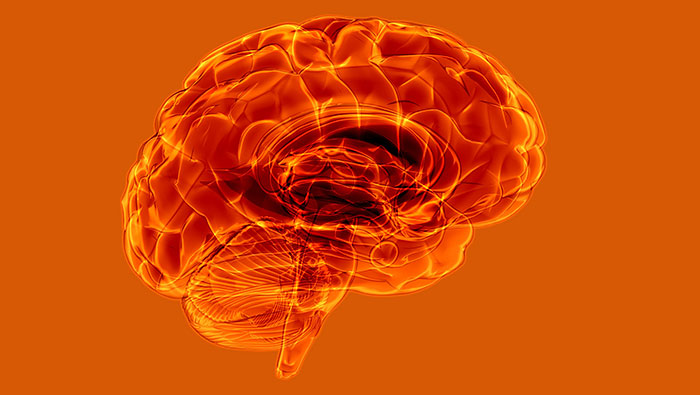Facts, Causes and Risks of Stroke

Stroke is the No. 5 cause of death and a leading cause of disability in the United States. That means you probably have a friend or family member who has suffered from it. Stroke risk factors, such as a family history of stroke, can mean a woman who has always thought of herself as healthy could suddenly find herself having the symptoms of a stroke.
Look at the statistics
In the United States:
- More than 795,000 each year suffer a new or recurrent stroke. That means, on average, a stroke occurs every 40 seconds.
- Stroke kills more than 160,000 people a year.
- On average, someone dies of stroke about every four minutes.
- One in five women between the ages of 55 and 75 will have a stroke.
- About 57% of stroke deaths occur in females.
- Black women are more likely to die from stroke. Black people have the highest risk of death from stroke compared with other racial and ethnicity groups.
- Stroke is the fourth leading cause of death for Hispanic women.
What is a stroke?
A stroke happens when either a blood vessel that carries oxygen and nutrients to the brain is blocked by a clot or the vessel bursts. When either of these occur, the brain does not receive the oxygen-rich blood it needs and brain cells begin to die quickly. That’s why it’s so important to know the signs and symptoms of stroke. You need to be able to take action the moment you suspect something is wrong.
When a stroke is caused by a clot, it is called an ischemic stroke. This is the most common type of stroke, accounting for 87% of all cases.
A hemorrhagic stroke is when a weakened blood vessel bursts and bleeds into the brain. This kind of stroke accounts for about 13% of stroke cases.
The third kind of stroke, known as ”warning stroke” or transient ischemic attack (TIA), is caused by a temporary interruption of blood supply to part of the brain. While they may last only a minute or two, you should go to the hospital right away. TIAs may signal a possible full-blown stroke ahead. Always consult a healthcare professional about the best plan for you.
Know your risks
While the number and frequency of stroke cases in the U.S. is startling, the answer isn’t to live in fear that you’ll be next. Instead, learn the major risk factors. While some risk factors are outside your control, such as race, age and gender, there are many you do have the power to control. Some of these include diet, physical activity, smoking, cholesterol and blood pressure. Review all of the risk factors for stroke and consult your health care team about the ones that apply to you.





